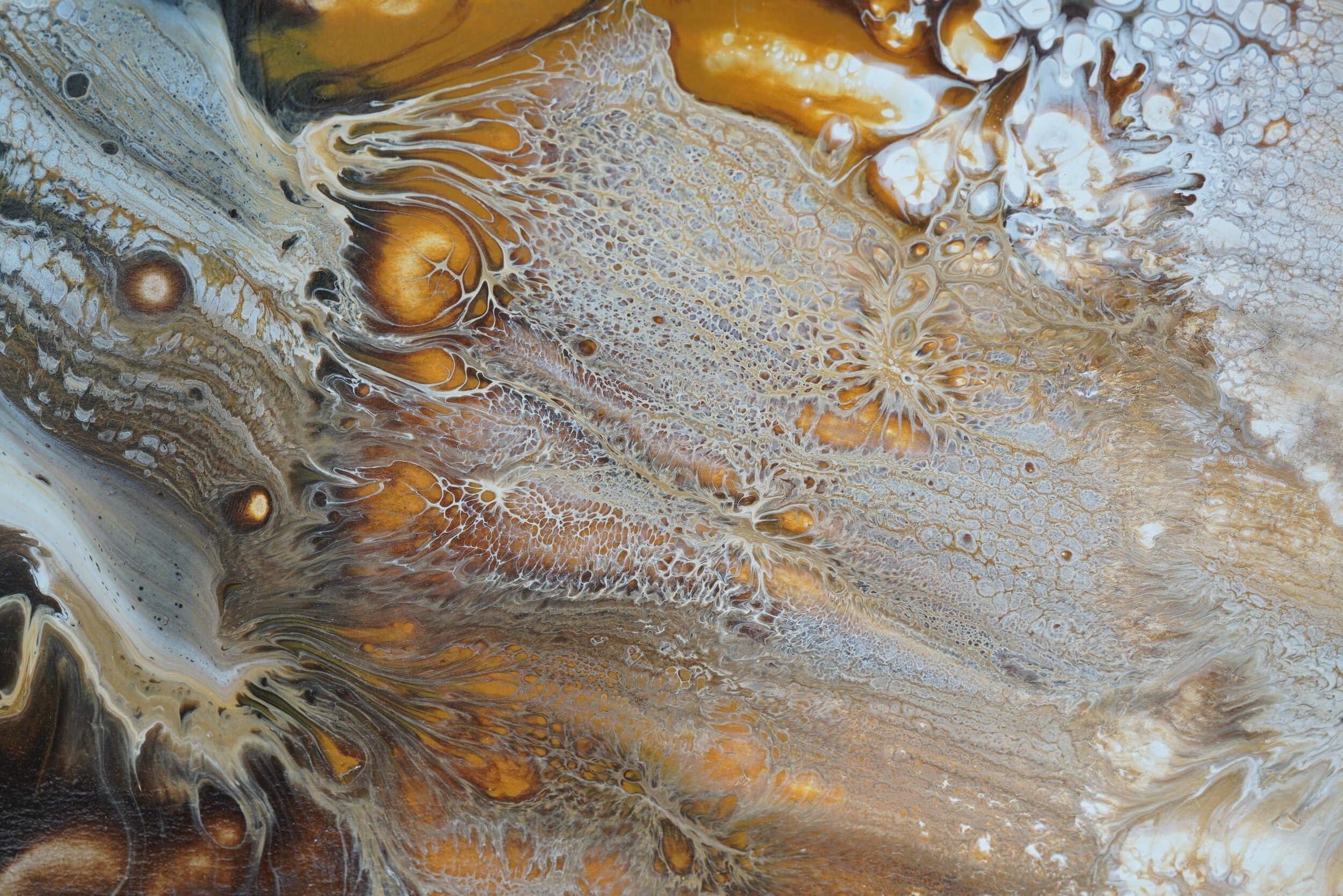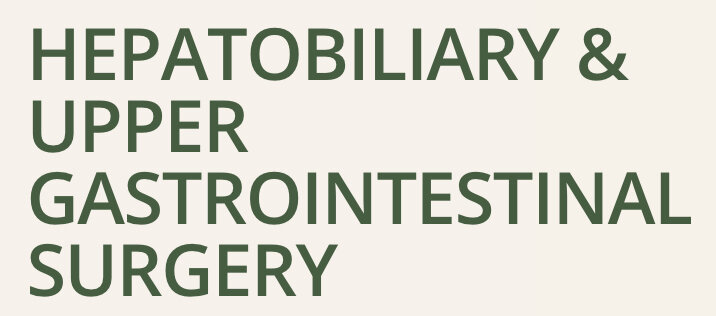
Oesophagectomy
What is an Oesophagectomy?
The oesophagus (gullet or food-pipe) is a muscular tube, which allows food to travel from your mouth to your stomach. An oesophagectomy is most commonly performed to treat oesophageal cancer, however it can also be performed for benign oesophageal diseases which have not responded to other treatments.
The aim of this surgery is to remove the diseased part of the oesophagus which may involve removing all or part of your oesophagus, and sometimes part of the stomach, depending on the size and location of the diseased section.
Who will need the surgery?
An oesophagectomy is a potentially life-saving major operation and is performed on patients with cancerous tumours at the lower end of the oesophagus. It is also performed for Barrett’s oesophagus in certain situations as well as benign indications such as severe functional oesophageal problems.
What happens during the operation?
There are different ways of doing the operation. Your surgeon can approach the gullet via the neck, chest or stomach, or a combination of these approaches. The way in which the operation is done depends on where the cancer is situated in the oesophagus. The operation involves:
Removing the affected part of the oesophagus
Reshaping the stomach and allowing it to be pulled up into the chest or neck
Removing the surrounding lymph nodes and fatty tissue that may have cancer in them
Joining the stomach to the remaining oesophagus in the chest
Inserting a temporary feeding tube into the small bowel (jejunum), known as a feeding jejunostomy.
During this operation, because the top part of the stomach is usually removed, the position of the stomach will be higher than before. This process will help you to swallow.
What to expect after your operation
When you wake up you will be in the Intensive Care Unit. This is normal and does not mean anything has gone wrong. As mentioned before, this is a major operation you will need to be monitored closely. You will soon be transferred to a surgical ward.
Activity
You will be encouraged to sit out of bed the day after your operation for a short time only. After that, you will sit out of bed twice a day. Your tolerance for this will improve as the days go by. This is why it is so important for your pain to be in excellent control. Sitting out of bed will help prevent post-operative complications like chest infections or deep vein thrombosis. It is vital that you do leg and deep breathing and coughing exercises every hour, as instructed by the physiotherapist and your nurse. The physiotherapist will visit you every day for a week after your operation. The physio or nursing staff will take you for a walk around the ward every day until you can do so unaccompanied. You will be able to walk a little further each day.
Diet
Immediately after the surgery you be allowed sips of water, and you will slowly progress to greater volumes of clear and free fluids over the next few days. To help the body get all the nutrients it needs, you will usually have a feeding tube (known as a jejunostomy) inserted during surgery. A jejunostomy tube is a tube that is inserted into a part of the small intestine called the jejunum. These types of tubes are used when the stomach is unable to be used for feeding.
You may need to continue using your feeding tube for a few weeks to months after your surgery so you get all the nutrients you need when you are not eating and drinking well after your oesophagectomy. Your dietitian will provide advice on this.
Pain Management
You will have an epidural which infuses analgesia into your epidural space via a catheter in your back. Once the epidural is removed you will receive patient controlled analgesia (PCA) which is usually morphine via intravenous infusion. The concept of PCA will be explained to you. In general, you will need to press a button to receive some morphine. Adequate pain control is imperative in your post-operative recovery. You must be comfortable enough to deep breathe and cough. An inability to do this may lead to serious post-operative complications. It is important to control pain early instead of waiting until it is unbearable.
Tubes and lines
You will return from your operation with many tubes and lines. It is important not to let them frighten you as they are all there to aid in your recovery and prevent complications. These tubes will be removed as you slowly recover from surgery.
Epidural - infuses pain relieving medication.
Central venous catheter - inserted into a vein in your neck and used to infuse intravenous fluids and antibiotics.
Urinary catheter - measured frequently to monitor your input vs output (fluid balance)
Chest tubes -1-2 thick tubes in your chest cavities, which will usually stay in for 4 days. One of your lungs is deflated during the operation and these tubes help the lung to re-inflate.
Drain tube - inserted into the area surrounding the wound to drain any excess blood that may accumulate around the area. Usually removed the day after your operation.
Feeding tube - thin tube inserted through your abdominal wall into your jejunum (2nd part of bowel). Used to supply food straight into your bowel before you are allowed to eat and drink
Nasogastric tube - inserted through your nose into your stomach, draining any excessive stomach contents that may make you nauseous before your bowel starts to function normally.
Oxygen therapy - You will return attached to an oxygen mask which will stay on for 2-3 days. Later this mask will be removed and you will receive oxygen via nasal prongs.
Wound Care
You will have 2 large suture lines, one down your abdomen and one across the side of your back. The dressings will be changed 48 hours after your operation and once the chest tubes are removed. Eventually, all wounds will be left uncovered and all of your staples will be removed by the time you go home. Your suture lines will be well on the way to healing by the time you go home.
At Discharge
A review appointment will be scheduled in the week following your discharge from your hospital by your cancer nurse, followed by the surgical outpatients clinic several weeks after your operation to review pathology results, monitor progress and recovery and discuss further treatment, if required. You may resume your normal activities, as you feel able. Do not return to work, driving and sporting activities until you have returned for your follow up appointment at the outpatient clinic. A medical certificate and pain relief medication will be provided as required.
This information is intended as a guideline only. If you have any further questions or concerns, please ask your doctor.

